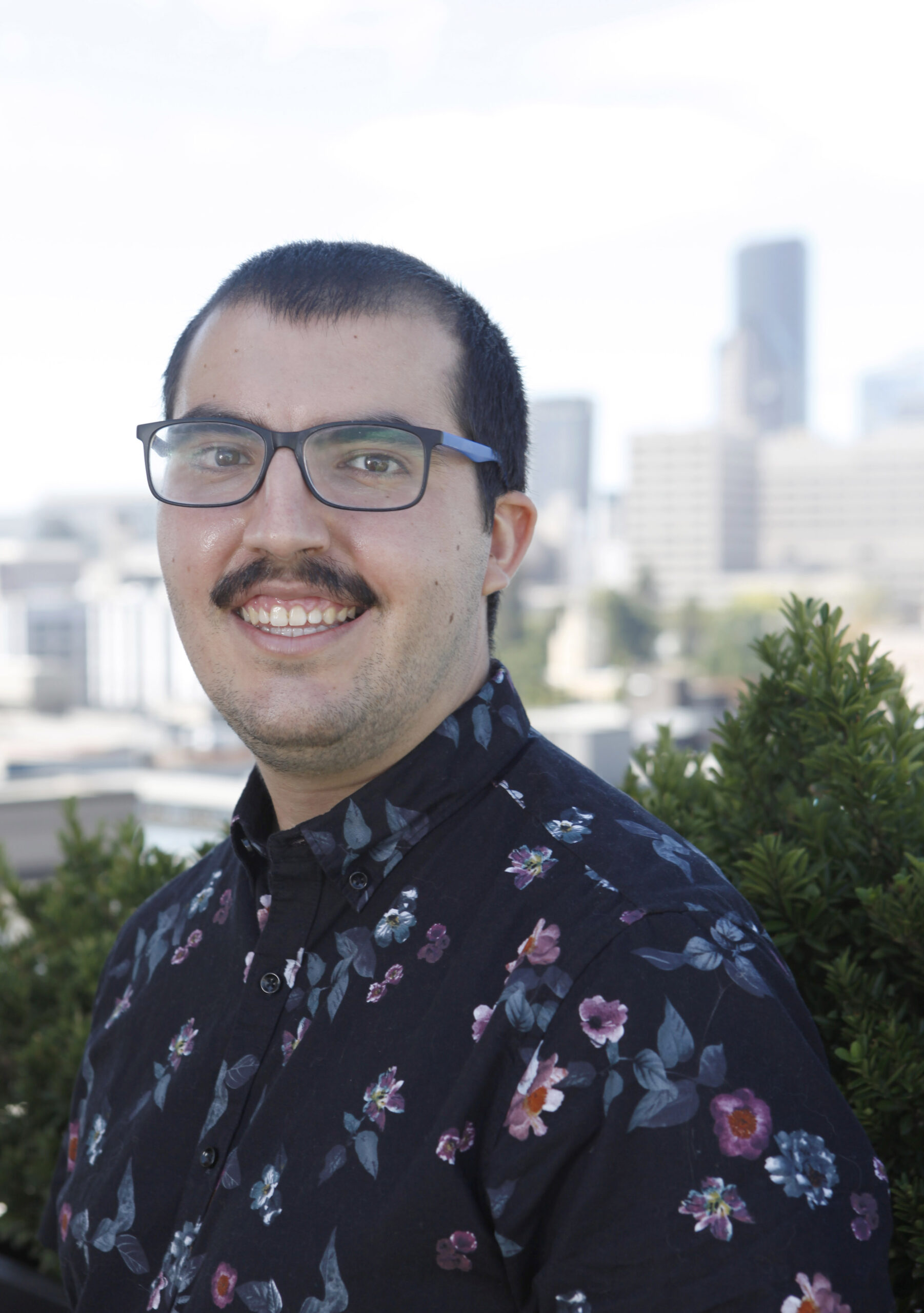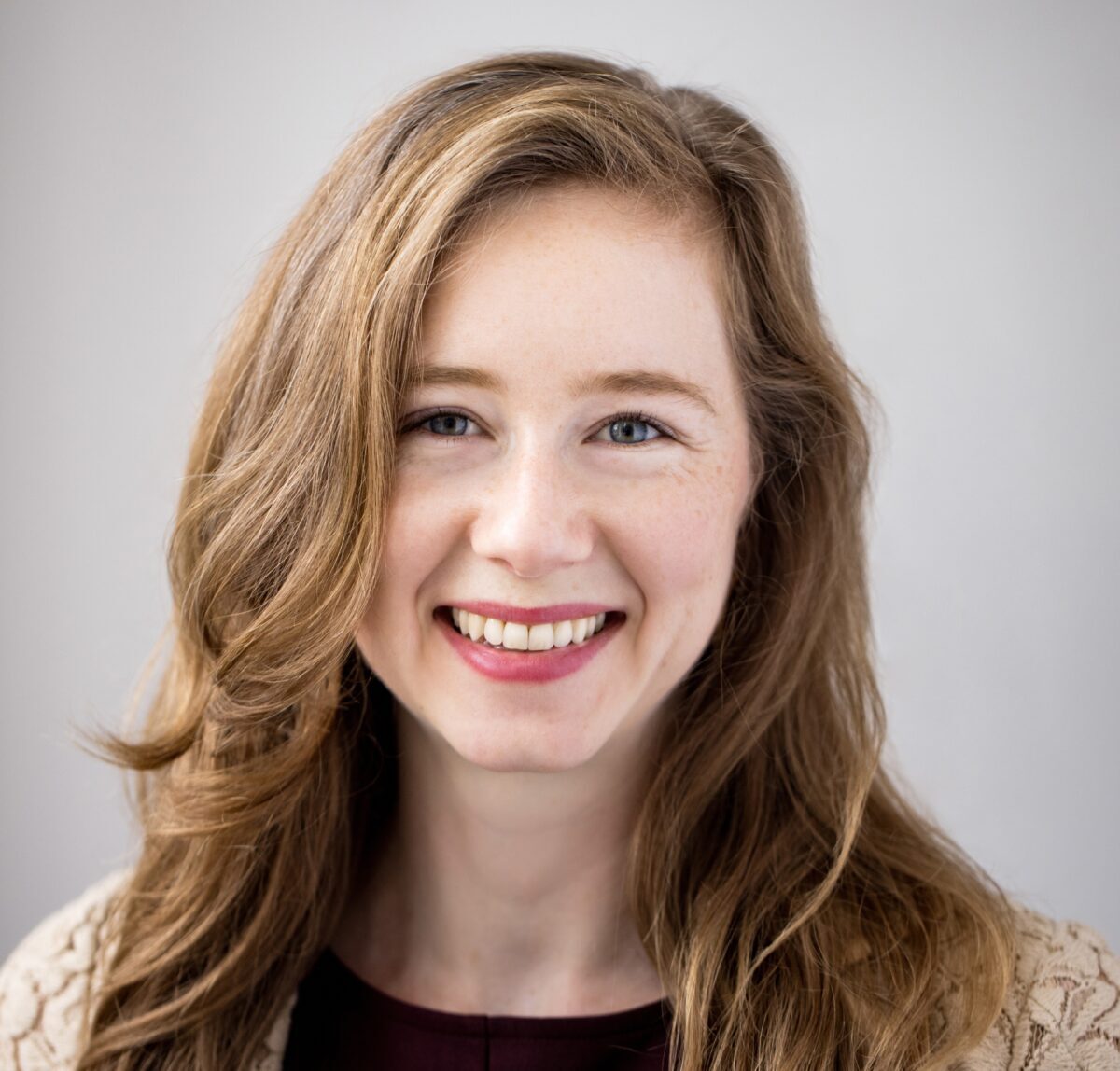Well, it’s working!
Portlanders just used proportional ranked choice voting to elect their most representative city government in more than a century. Voters chose leaders who form a portrait of the city in miniature. The dozen councilors include three renters, five people of color, six women, eight millennials (one only 28 years old), and residents of twelve different neighborhoods. Most importantly, proportional representation paved the way for a council that reflects Portlanders’ varied political beliefs, full of advocates for different viewpoints from business to labor, from moderates to progressives, and even from animal rights to transportation safety.1
After years of thoughtful proposals, discussions, committees, and implementation, Portland got its first real-world look at a system that will hopefully serve the city well for generations. The upgraded council will govern alongside a new mayor who promised to be laser-focused on ending unsheltered homelessness, aided by a streamlined set of departments working in tandem under a professional city administrator. The next step? Getting to work on the city’s most pressing problems.
A remarkably smooth and transparent election
Critics feared that ranked choice voting would be too complicated and onerous for administrators to manage. They projected chaos and raised alarms about undecipherable algorithms.
Nope.
The officials at Multnomah County Elections pulled off the implementation without a hitch, after only two years to prepare. Commentators from Multnomah County itself to the Oregonian called the election remarkably smooth and transparent. The elections office released preliminary results every few days during the ballot counting process as planned. Media outlets were able to call some winners based on large vote shares on election night, then confirm other seats within a few days. The closest races still depend on the last sets of ballots to arrive, just like under the old election system. And election officials are on track to finalize results before the legal certification deadline.
The biggest surprise from the tabulation was not its controversy but its consistency. Mayor-elect Keith Wilson started ahead in the first round of counting, with 34 percent of first-choice votes. No other candidate had more than 23 percent. Wilson stayed ahead until he gained a majority in the 19th round of counting.
Similarly, the top three candidates in the first round won council seats in all but one district. In the remaining District 4, which includes every voter west of the Willamette River and some Southeast neighborhoods, Eric Zimmerman started in fourth place, 112 votes behind initial third-place candidate Eli Arnold. But Zimmerman overtook Arnold in later rounds.2 In all the races, results remained mostly unchanged all week, as election workers counted additional ballots.
Multiple rounds of tabulation didn’t substantially change the orderings of candidates, but ranked choice voting still had major impacts on this election. Vote transfers confirmed that a majority of voters supported Keith Wilson for mayor in the final round, a significant increase from the first round when he only received one-third of first-choice votes. In council races, candidates who passed the 25 percent threshold in later rounds started with as low as 10 percent of first-choice votes in a crowded field. Moreover, since ranked choice voting is better at avoiding spoilers in multi-candidate fields than the old pick-one method, Portland was able to eliminate the primary election, and voter turnout nearly doubled compared with the low-turnout primary elections that used to elect most city commissioners.
Across all four districts, at least 75 percent of voters ranked one of the three winners in their top six candidates.

Mayor-elect Wilson might not have survived the prior system: the outsider eco-trucking CEO likely would have been eliminated in the former May primary in favor of two sitting commissioners, who were more familiar (and early on, less controversial) picks at that stage of the campaign.
And thanks to the proportional version of ranked choice voting, far more voters supported a winning city council candidate than in previous single-winner elections—across all four districts, at least 75 percent of voters ranked one of the three winners in their top six candidates.
Winners are newcomers of all sorts
Now that voters could rank their choices and elect multiple candidates per district, they elected the most representative council in the city’s history. The new 12-member city council is diverse by district, neighborhood, gender, race, age, homeownership, political experience, ideology, and more, reflecting the city’s demographics and viewpoints much more closely than prior councils.3
- All four districts gained geographic representation for the first time in over a century, closing out a period when commissioners overwhelmingly came from just a handful of neighborhoods and were often opposed by voters in other areas. East Portland immediately gained more representation than it has had in the entire history of the city, with three councilors elected to represent it at city hall.
- Within each district, councilors-elect live in neighborhoods spread across the district rather than concentrating in one spot.
- Three of the elected councilors are renters, five are people of color, six are women, and eight are Millennials, all proportional increases from historical averages on City Council.
- Councilors have a range of previous political experience: Current commissioner Dan Ryan (District 2, comprising North Portland and most Northeast neighborhoods) earned a seat, along with former city commissioner Steve Novick (District 3, which covers most of Southeast Portland plus some Northeast neighborhoods) and former Multnomah County commissioner Loretta Smith (District 1, East Portland). The nine other members have not previously held elected office, though several have worked in government or politics.
- The council reflects a range of Portlanders’ political priorities. No single political bloc won every seat, and no faction lost every seat. Five winners were endorsed by business group United for Portland,4 seven by progressive group Portland for All, eight by the Northwest Oregon Labor Council, and many have overlapping endorsements. (Councilor-elect Elana Pirtle-Guiney in District 2 won endorsements from all three of these groups.) More niche interests also gained supporters on council: five members were endorsed by animal rights groups, for example, and five were endorsed by the Street Trust Action Fund, a transportation safety and equity group.
Proportional representation ensures that even districts that lean strongly in one political direction do not lock their dissenting voters out of representation.

Proportional representation ensures that even districts that lean strongly in one political direction do not lock their dissenting voters out of representation. In single-winner districts, the slightest majority can take all the representation for itself. In East Portland’s District 1, for example, Candace Avalos and Jamie Dunphy both won the support of Portland: Neighbors Welcome (a pro-housing group), the Working Families Party, and the Northwest Oregon Labor Council, but Loretta Smith also won a seat. Her support came from business-friendly United for Portland and the Portland Police Association. In District 4 on the west side, Olivia Clark and Eric Zimmerman both earned the backing of the Portland Police Association, United for Portland, and the Northwest Oregon Labor Council, but their new seat mate Mitch Green will represent the district’s residents who share the values of the progressive group Portland for All and the media outlet the Portland Mercury.
The races for council exhibited another hallmark of ranked choice elections: campaigns remained remarkably amiable. Many candidates campaigned together and supported one another, within and across districts. Olivia Clark and Eric Zimmerman in District 4 canvassed together, as did Angelita Morillo and Tiffany Koyama Lane in District 3. Elana Pirtle-Guiney (District 2) joined with Tony Morse (District 4) and Jesse Cornett (District 3) at a machinist strike. Supporters hosted a joint event for Mitch Green (District 4) and Sameer Kanal (District 2). This collaborative spirit bodes well for collaboration on the new council.
Challenges match historical trends
Voter turnout shrank slightly, with no clear reason to blame
Voter participation in Portland’s 2024 city elections was slightly lower than in recent general elections.5 Of course, the same was true in other contests in Portland and Multnomah County, in Oregon, and in many cities and states around the United States.
Many more people, however, cast ballots for this council than under the previous system, where as many as 93 percent of councilors were elected in the low-turnout May primary. About 19 percent of ballots included a vote for another office such as President but skipped Portland’s city council contests, a rate on par with previous presidential election cycles—contrary to a questionable headline from the Oregonian blaming ranked choice voting for “causing voter engagement to crater.” Other analyses have examined a more complete set of data than the newspaper chose to and cast serious doubt on this conclusion.
Geographically, voter participation also followed historical trends: it was lowest in East Portland’s District 1. This election’s only distinction was that turnout gaps among the districts may have widened slightly. Were voters confused about the new system? Were voters more confused in one part of the city than others? That’s what some media coverage suggested, but such speculation seems implausible. The most confusing ballots were the ones in the most crowded districts, with 30 council candidates, but those districts did not display a larger drop than did others.
Even at the most rigorous level of analysis, academic research hasn’t pinned down whether ranked choice voting changes voter turnout. In fact, one recent study found that cities with ranked choice voting are more likely to have higher turnout, once voters get used to it. And lower participation in one election just can’t explain much about the effects of the new local election system. Researchers need to study more cycles.
Lots of good candidates stress-tested the system
The four districts drew nearly 100 candidates across the city, from 16 in District 1 to 30 in Districts 3 and 4. These crowded fields offered many qualified candidates. How were voters to parse all the options? Endorsements from local media and other organizations played their usual role in helping voters make up their minds, but each organization followed a different endorsement process and may not have given all candidates a fair assessment. The increased number of candidates also stressed the city’s public campaign financing system, Small Donor Elections, which had to cut funding available to each candidate after the current City Council underfunded the program’s requested budget increase.
Portlanders can expect far fewer candidates in future elections, however. This cycle offered 13 open seats with no incumbents.6 That’s a recipe for a crowd. The election was also a once-and-only cycle in which the entire council is chosen at once. Future council elections will be staggered, so half the council is on the ballot every two years. Finally, the new system of multimember districts and ranked choice voting itself introduced uncertainty, attracting a swarm of newcomers: no one could be sure what it would take to win a seat, so many put up the $75 to get on the ballot. Later elections will have incumbents, half as many seats, and candidates who know the odds. Just as shorter ballots will give voters a break, they will also make life easier for media outlets and other endorsing organizations. With only two districts on future ballots, they won’t have to study as many candidates.
Looking into a bright future
The newly elected Portland government will be in office until 2026, when voters will elect the citywide auditor, who ran unopposed this cycle. They will also select councilors from Districts 3 and 4 for full four-year terms.7 And Multnomah County will begin using single-winner ranked choice voting in 2026 to choose county-level officials, a change that voters approved in 2022. (Portlanders will not rank candidates for statewide offices in the coming years, however, as only about 42 percent of voters in Oregon supported Measure 117.)
Many of the remaining questions about the impacts of Portland’s new method of elections won’t be answered (or answerable at all) after just one election. Sightline will continue to analyze the results of this election, keep an eye on the governing practices of the new administration, and identify any opportunities for changes that would improve how the new election system works for Portlanders.
From a first look, though, Portland is well positioned to light the way to a better democracy.












